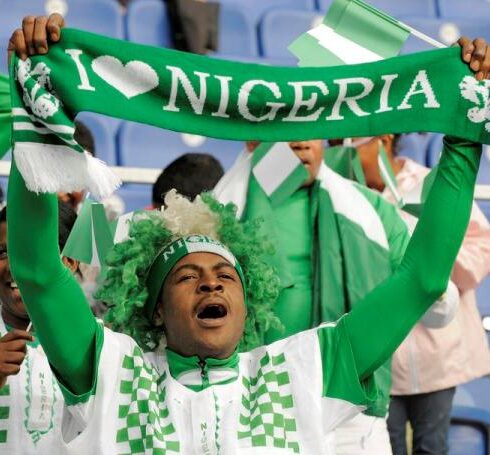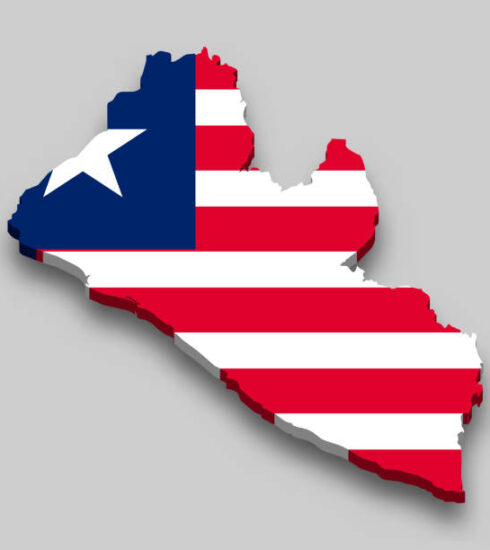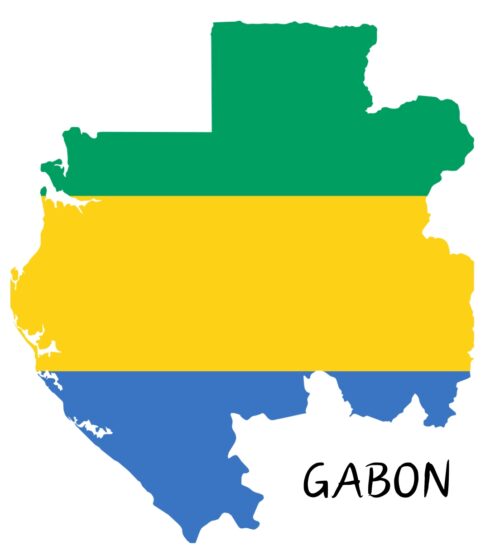A Brief Spotlight on Morocco
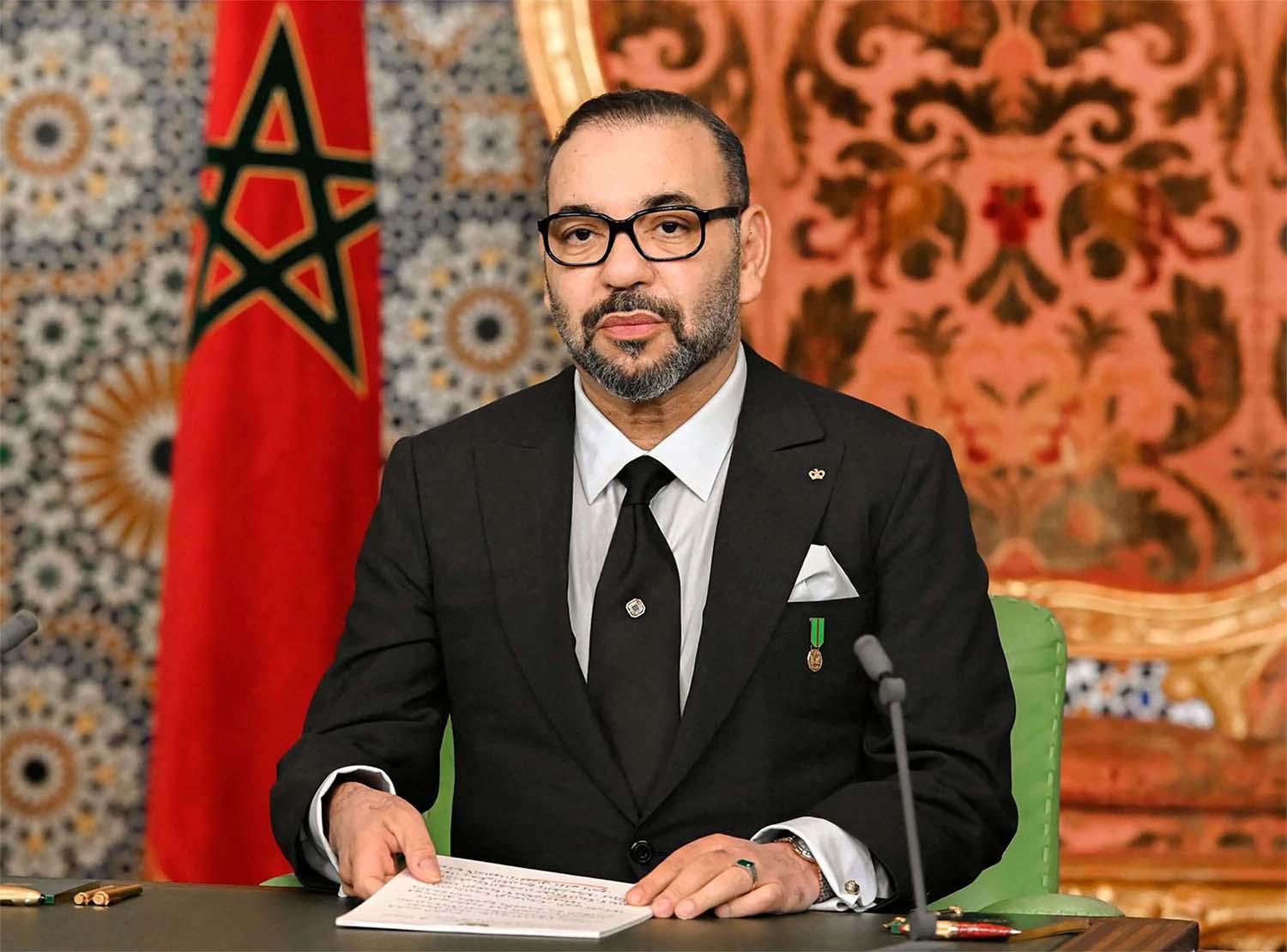
King Mohammed VI is the paramount ruler of Morocco and ascended to the throne in 1999. Credit: BBC
The Kingdom of Morocco is the most westerly of the North African countries known as the Maghreb – “the West”. It has Atlantic and Mediterranean coastlines, a rugged mountain interior and a history of independence not shared by its neighbours.
Its culture is a blend of Arab, Berber, European and African influences.
Morocco was a French protectorate between 1912 and 1956. Since independence, Morocco has remained relatively stable and wields significant influence in both Africa and the Arab world.
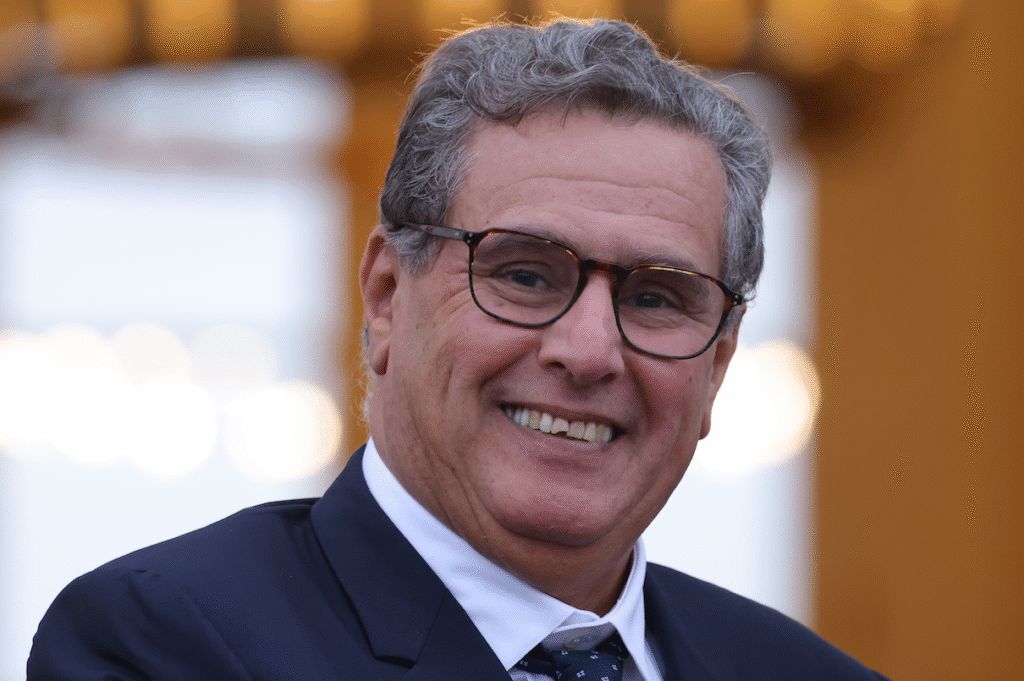
Prime minister Aziz Akhannouch is the head of the Moroccan government. Credit: BBC
It has a population of approximately 39 million and Islam is both the official and predominant religion, while Arabic and Berber are the official languages. Additionally, French and the Moroccan dialect of Arabic are widely spoken. The culture of Morocco is a mix of Arab, Berber, African and European cultures. Its capital is Rabat, while its largest city is Casablanca.
Morocco gained its independence in 1956 and it has remained relatively stable. Although the country is rapidly modernizing and enjoys a rising standard of living, it retains much of its ancient architecture and even more of its traditional customs.
It has the fifth-largest economy in Africa and wields significant influence in both Africa and the Arab world; it is considered a middle power in global affairs and holds membership in the Arab League, the Arab Maghreb Union, the Union for the Mediterranean, and the African Union.

A group of tourists on the Erg Chebbi. The Erg Chebbi is one of Morocco’s several ergs – large seas of dunes formed by wind-blown sand and It is located on the far western edge of the Sahara Desert. Credit: Wikipedia
Mohammed VI became king in 1999. He initiated political and economic changes and an investigation into human rights abuses during his father’s rule.
A key reform was the Mudawana, a law which grants more rights to women. The king has said it is in line with Koranic principles, but religious conservatives have opposed it.
Following pressure for reform inspired by the “Arab Spring” of 2010 onwards, a new constitution was introduced, expanding the powers of parliament and the prime minister, but leaving the king with broad authority over all branches of government.
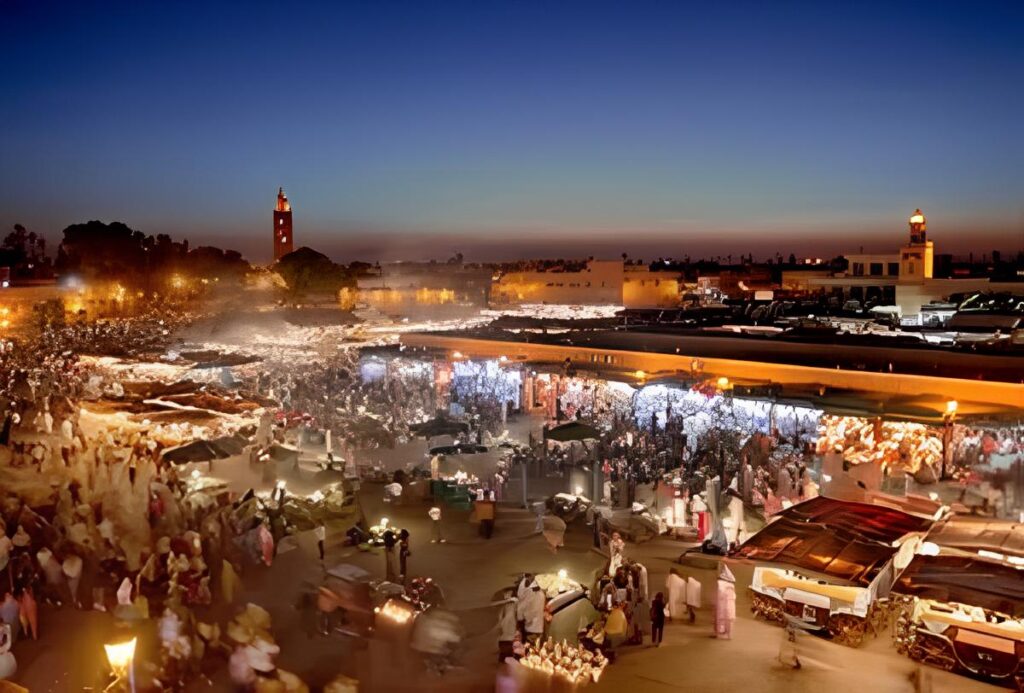
A Night marketplace, called the Jamaa-el-Fna in Marrakech, Morocco. Credit: Visitmorocco.com
Morocco is a constitutional monarchy with two legislative houses. According to the constitution promulgated in 2011, political power in Morocco is to be shared between the hereditary monarch and an elected bicameral parliament, consisting of the House of Councillors (Majlis al-Mustashārīn; upper chamber) and the House of Representatives (Majlis al-Nawāb; lower chamber). A prime minister heads the cabinet, which constitutes the executive.
Despite the existence of a constitution, a legislature, and a number of active political parties, however, the king continues to wield broad political authority, promulgating legislation, choosing the prime minister from the largest party in parliament, and approving government appointments. He holds absolute authority over religious affairs, the armed forces, and national security policy.
As is true in many former African colonies, the Moroccan economy remains heavily dependent on the export of raw materials. Also of growing importance to the economy are modern sectors, particularly tourism and telecommunications. Altogether, the modern portion accounts for more than two-thirds of gross domestic product (GDP), even though it employs only about one-third of the country’s workforce.

TheMoroccan Couscous is the country’s most popular dish. Credit: Wkipedia
Social life for most Moroccans still centres on home and family. The sidewalk café is a favourite gathering place for men, and watching a football (soccer) match on television in the local café is a popular form of entertainment. Big cities such as Casablanca boast a variety of diversions, including cinemas, restaurants, and shopping in modern boutiques or in the souk, the open-air market in which vendors sell a wide array of local arts and crafts items alongside foods and imported commodities. Morocco’s extensive coastline has numerous fine beaches, some of them private and off-limits but many of them open to the public and within easy reach of the city. On weekends families often spend the day at the shore, swimming, picnicking, and playing sports.
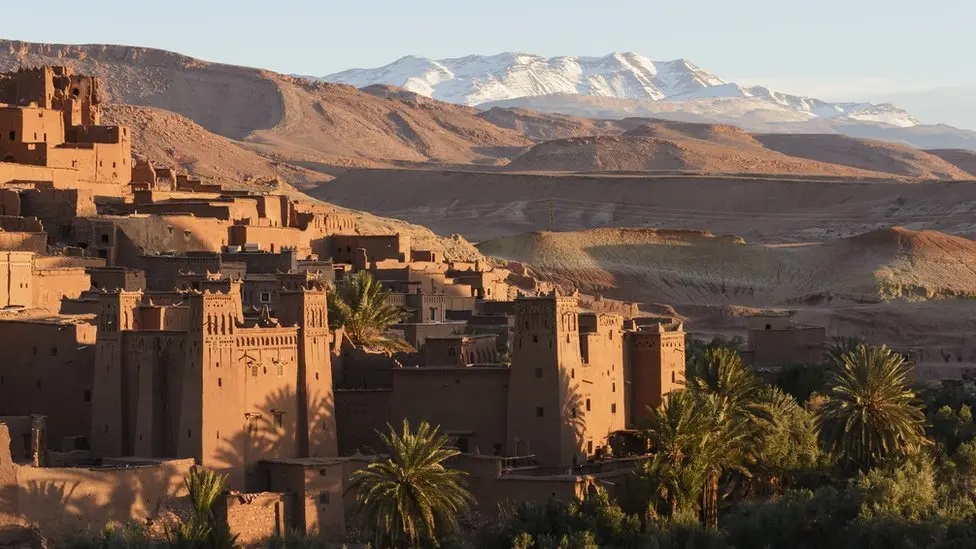
The Aït Benhaddou is a ksar, or fortified village, along the former caravan route between the Sahara and Marrakesh. Credit: BBC
Moroccan cuisine has gained a following among connoisseurs worldwide, and the country’s rich agricultural regions provide ample products for Moroccan kitchens. Meat staples include fish, lamb, and fowl—including pigeon, which is considered a delicacy when baked in pastry, the b’stillah, a national favourite. Tomatoes, peppers, onions, and eggplants are among the numerous vegetables typically used in dishes, and fruits of all varieties are enjoyed. Bread is, as in all countries of the Middle East and North Africa, a deep cultural symbol as well as a daily staple. The premier Moroccan food, however, is couscous, a semolina-based pasta served with a meat stew. Kabobs of various types are common, as are salads and soups. Harira, a thick and hearty lamb soup, is served to break the fast at Ramadan and is a national speciality. The national drink is mint tea. Morocco is a wine-producing country, but production had begun to decline by the early 21st century under religious pressure that viewed alcohol consumption as inappropriate.
Moroccans observe a number of secular and religious holidays. Islamic holidays include the two ʿīds, Eid al-Fitr and Eid al-Adha, and the Prophet’s birthday (mawlid); national holidays include Independence Day and the king’s birthday.
